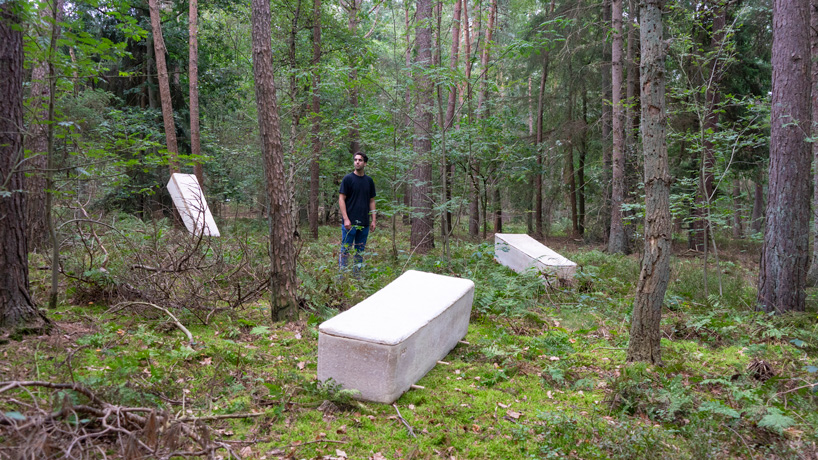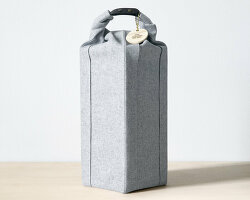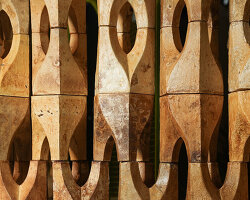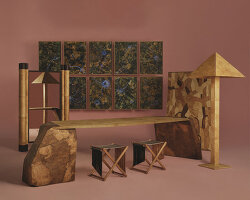TU delft researcher bob hendrikx has developed the world’s first living coffin made from mushroom mycelium as a way to give human nutrients back to nature. together with his team at the student start-up, loop, hendrikx has developed ‘the living cocoon’ as as way to help the body ‘compost’ more efficiently while removing toxic substances and enriching the soil where new trees and plants can grow. the first batch of loop’s cocoons was already used for a funeral last week. all images courtesy of the loop
all images courtesy of the loop
‘the living cocoon enables people to become one with nature again and to enrich the soil, instead of polluting it’, says bob hendrikx, founder of loop, which is located in the yes!delft incubator. the coffin is grown with mushroom mycelium, which hendrikx calls ‘nature’s recycler’, thanks to its ability to convert waste materials into nutrients for the environment. 100% natural, the cocoon is grown in only seven days with only local materials and without the use of electricity or artificial light.
loop expects that a body will be able to compost much faster in the ‘living cocoon’ than in traditional coffins because it actively contributes to the composting process. though the speed at which a body composts generally depends on various conditions, experience shows that it can take over a decade, with synthetic clothing and the varnished and metal parts of a coffin delaying the process even further. in loop’s design, the entire process is expected to be complete in two or three years. in that process, not only are the waste products from the human body converted into nutrients, the quality of the surrounding soil is also improved, giving new life an opportunity to thrive.

the loop cocoon is made of mushroom mycelium, which normally grows underground in the complex root structure of trees, plants and fungi. it is a living organism that can neutralise all kinds of toxic substances and provides nutrition to everything that grows above the ground. ‘mycelium was used in chernobyl, is utilized in rotterdam to clean up soil, and some farmers also apply it to make the land healthy again,’ notes hendrikx. the inside of the coffin is filled with a soft bed of moss that also contributes to the composting process.

in collaboration with two major funeral cooperatives, CUVO (the hague) and de laatste eer (delft), loop performed extended testing to make sure this new form of burial is ready to be applied in practice. ‘as a regional funeral home, we think it is important to be involved in sustainable innovation like this,’ says frank franse, director of the two funeral homes. ‘it fits our objective to be a sustainable co-operative funeral service.’ after several tests, the first of the initial limited batch of ten living cocoons was already used for a funeral.





project info:
name: living cocoon
designer: loop












